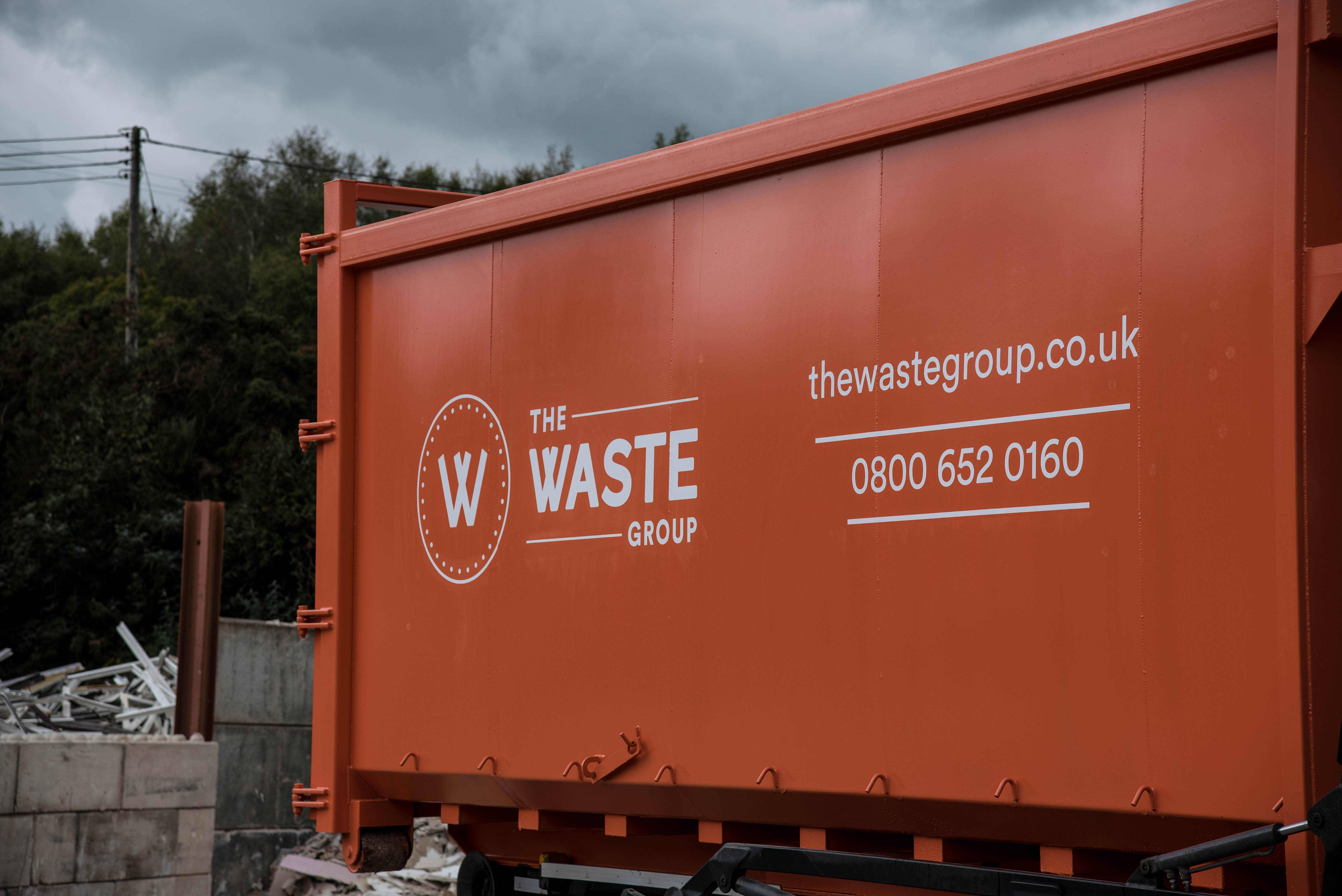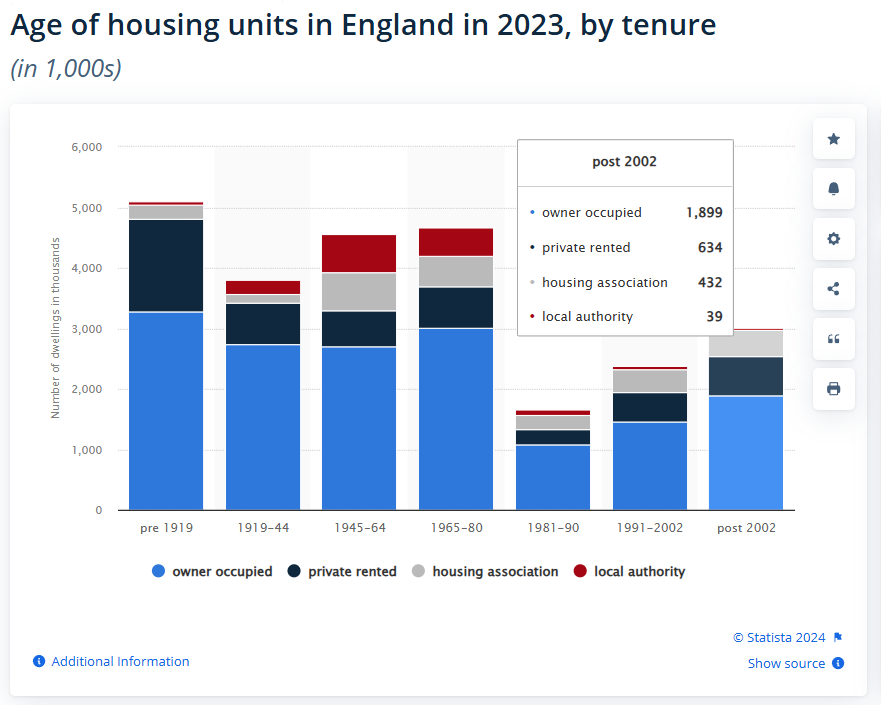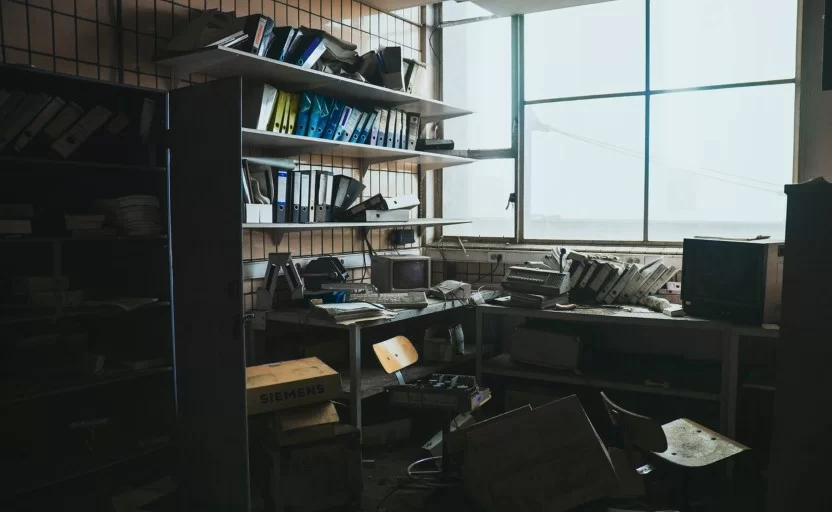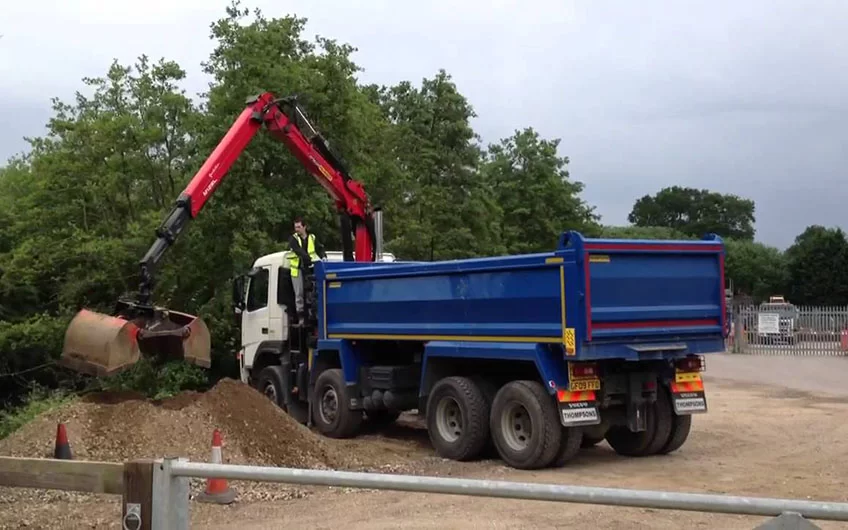Asbestos Related Diseases and Health Risks: What Every Contractor Should Know

In the UK, our built environment is remarkably old. Most of our homes were built before 1919, and almost all of them before 1980. That means that almost every home in the UK was constructed before building materials regulations outlawed asbestos containing products in 1999.

As a contractor, it’s almost guaranteed that you’ll encounter asbestos, especially if you conduct renovations or energy upgrades. It’s vital for your safety—and the safety of your entire crew—that you understand the health risks of occupational asbestos exposure and know how to handle asbestos safely if you discover it on a job site.
Health risks of asbestos exposure
If you disturb asbestos at all, you risk releasing microscopic asbestos fibres into the air and inhaling them without knowing. And what’s worse, they can stay on your clothing after an exposure, meaning you can carry them into your home, and your family members may inhale them, too. Second hand asbestos exposure can be just as deadly as first-hand.
Cancer and mesothelioma
Once the fibres are released, you’re in immediate danger. Asbestos related diseases may take decades to reveal themselves, but they start developing the moment you inhale the fibres, and there’s little you can do to prevent serious consequences after that.
Inhaling asbestos fibres puts you at high risk of developing 6 different types of cancer, including lung cancer and malignant mesothelioma. Developing lung cancer from asbestos exposure often makes the cancer more likely to spread. It’s a nasty, aggressive form of cancer with poor medical outcomes for most people.
Asbestosis
Even if you escape lung cancer, exposure to asbestos puts you at risk of developing asbestosis—an asbestos-related pleuropulmonary disease. When you breathe in the fibres, they become lodged in your lung tissue. Asbestosis is a chronic lung disease caused by extended exposure, leading to a lifetime of lung damage and shortness of breath.
Asbestos regulations in the UK
It’s your job to keep your crew safe from asbestos exposure, and it’s also your legal responsibility. In the UK, laws are structured to limit workers’ exposure to asbestos, keeping close tabs on exactly how many hours of exposure your crew might have.
The UK’s Asbestos Regulations of 2012 outline in great detail how contractors must limit their workers’ exposure to asbestos, starting with carrying out a risk assessment on the job site. In almost every scenario that involves asbestos, the UK requires that work be conducted by professionals who are licenced to handle it. So, if asbestos is found and you’re not licenced, you shouldn’t touch it.
Safe Handling Protocols for Contractors
All commercial properties in the UK constructed before 2000 require an asbestos survey. It’s the only way to be sure that the property doesn’t contain asbestos that would put occupants at risk. As a contractor, you’re likely called upon to update the structure’s building materials, so you’ll need to conduct a Refurbishment and Demolition Asbestos Survey, specifically.
This type of survey locates all of the asbestos containing materials (ACMs) in the building so they can be removed before you start construction. It should identify both the visible sources of asbestos and the hidden ones so you can keep inhalation risk as low as possible for your crew.
Even though these requirements pertain to non-domestic properties, it’s a good idea to conduct an asbestos survey for older homes, too. Before you start work on any older home, insist on having a survey in hand that can tell you exactly where you might find asbestos and help you put a plan in place to remove it safely.
Protecting workers from asbestos exposure
A risk assessment and asbestos survey are the responsible start to a job on an older building, but you need to educate your crew to spot likely sources of asbestos, too. Each team member should wear personal protective equipment (PPE) while asbestos is being removed, and they shouldn’t go near the affected zone during removal.
The best way prevent asbestos related chronic respiratory diseases
If you truly want to ensure your crew’s safety, call The Waste Group. We’re deadly serious about asbestos removal, and we take painstaking care to comply with every last asbestos removal protocol.
We’re fully licenced to remove asbestos safely from your worksite, so you can keep your crew (and yourself) safe from the devastating effects of lung cancer and other asbestos related diseases.
Call The Waste Group today to learn more about our asbestos removal services.



